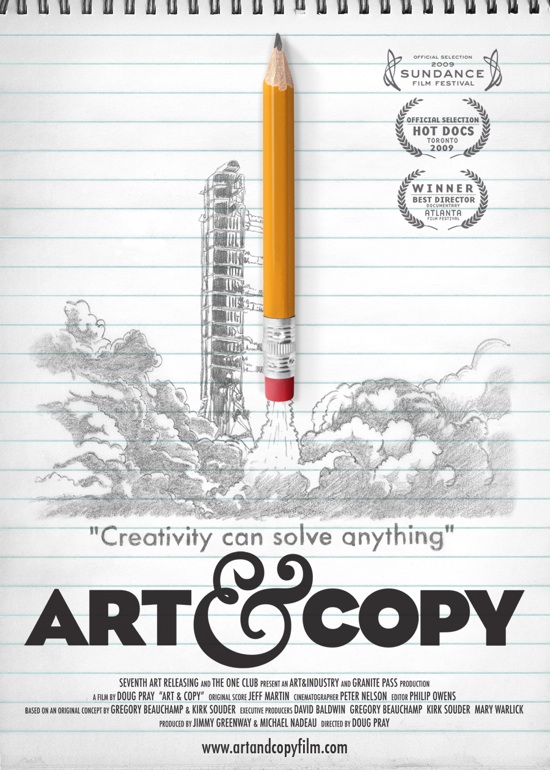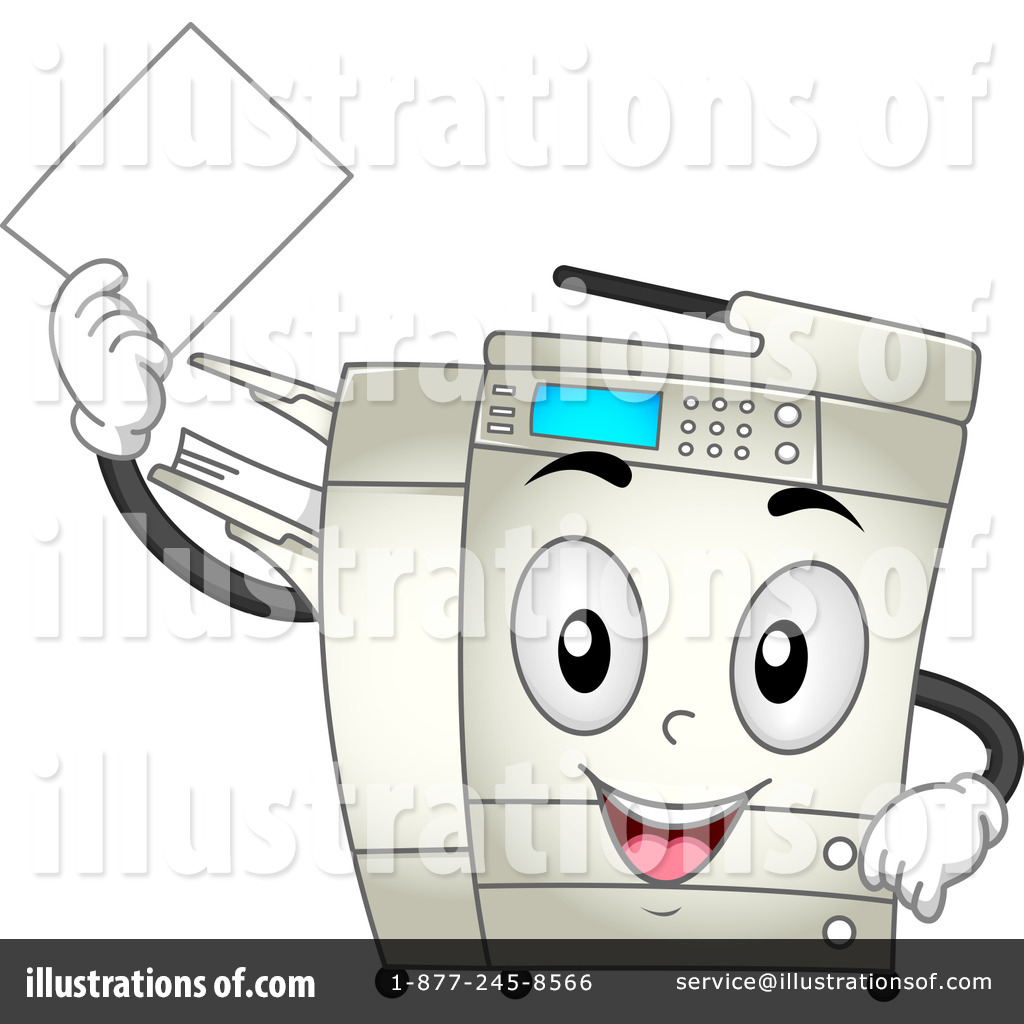
The term "xerox art" may also refer to art made on a computer scanner using similar methods as the ones outlined above.

As copiers became more accessible through the 70s and 80s, a number of artists, such as Ginny Lloyd and Ian Burn, began creating their own xerox art, curating art shows that displayed copy art, and founding organizations, such as Louise Neaderland's International Society of Copy Artists, to promote the use of the copy machine as an artistic tool. The history of xerography begins in the late 1960s, when a few artists, including Andy Warhol, used Photostat machines and other copiers to created distorted copies of their own faces, drawings, and photographs.

Schiff too made use of found bits and bobs, introducing mid-copy movement and lighting to achieve painting-like results. Meneeley rifled through the trash at IBM to salvage bits of tape and card, which he arranged into abstract compositions directly on the copier’s glass.

Excited by the photocopier’s neat fusion of camera and printer-and by its ready availability in copy shops and workplaces-they’ve produced a body of work that’s at once ephemeral and surprisingly printerly, testing notions of value and originality via a consistently playful strand of formal experiment.Įxperiments in Electrostatics: Photocopy Art from the Whitney’s Collection, 1966–1986 at the Whitney explores the oft-overlooked medium through the work of three artists-Edward Meneeley, Lesley Schiff, and Robert Whitman-and the grandly named International Society of Copier Artists (ISCA). Yet from the moment of its public introduction in the 1960s ( the invention itself dates to 1937) through the rise of personal computing in the late ’80s, artists have found ways to exploit its distinctively gauzy, gritty interpretation of texture and tone. It may have played a key role in the ethos and aesthetic of punk’s fanzine culture, but the humble photocopier isn’t generally thought of as a tool for serious art making squatting on the office Xerox machine after a drunken holiday party is the closest most people get to subverting the ubiquitous gizmo’s intended function.


 0 kommentar(er)
0 kommentar(er)
